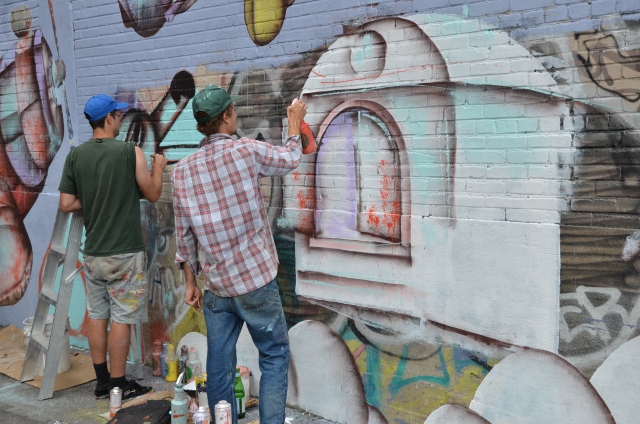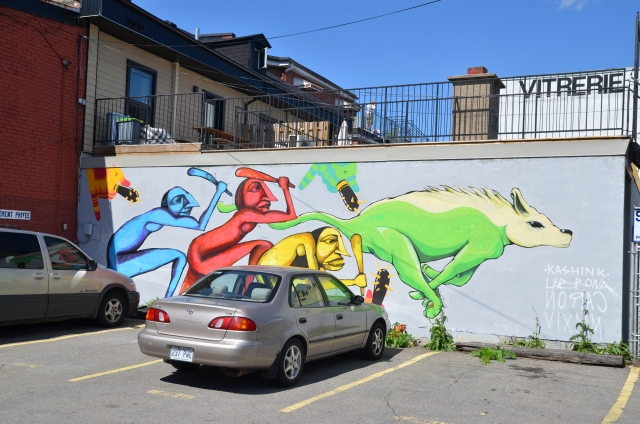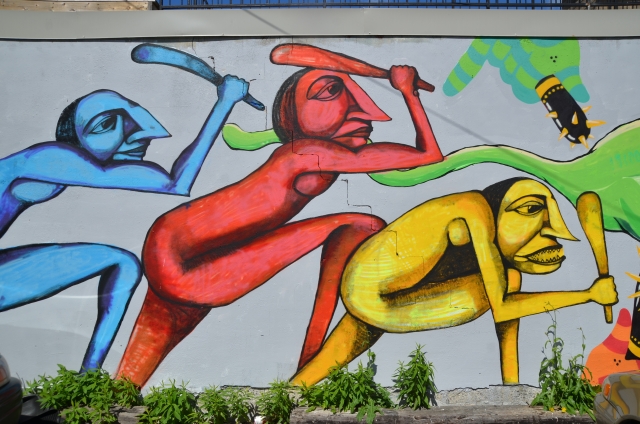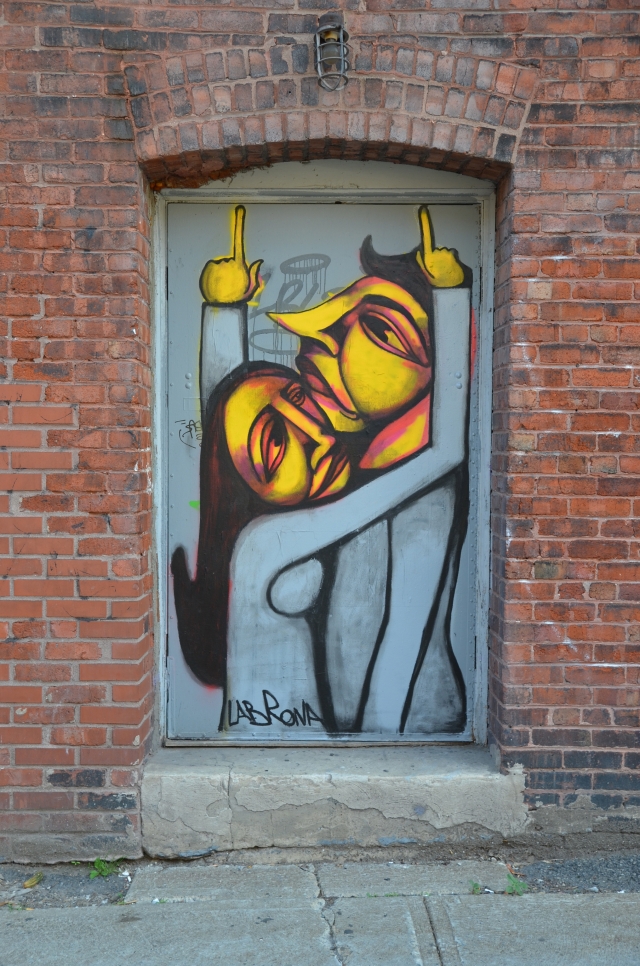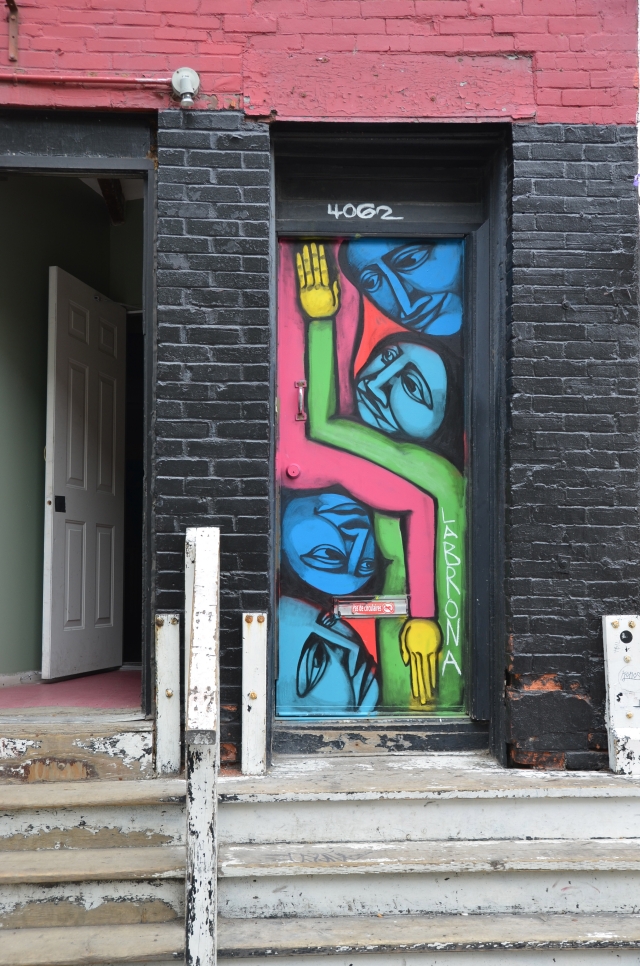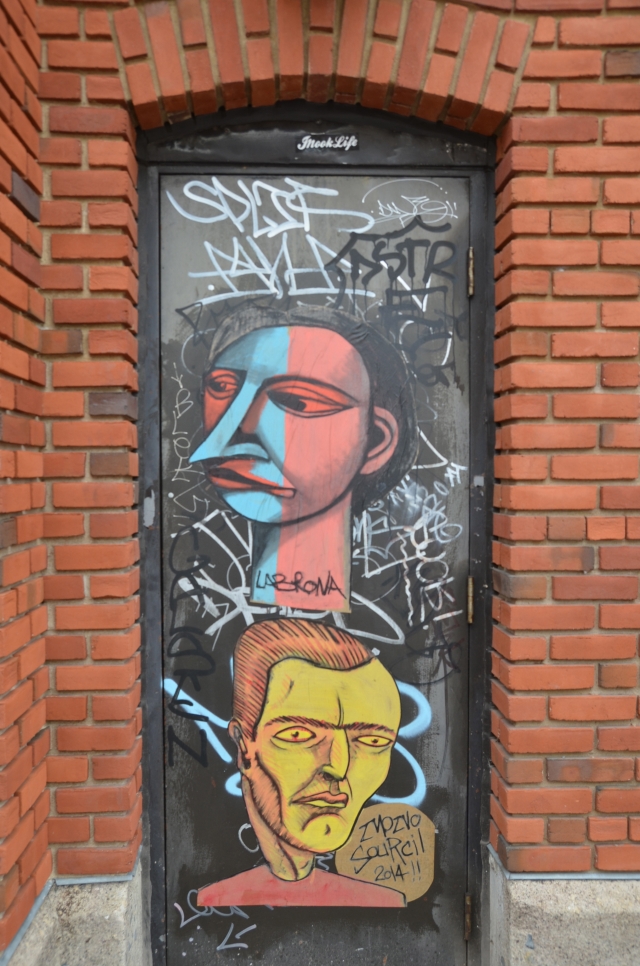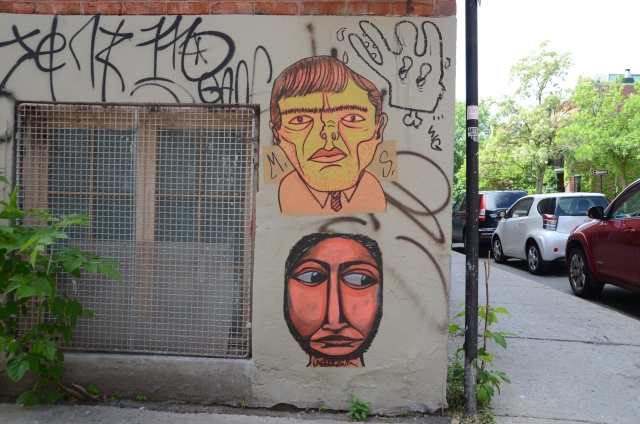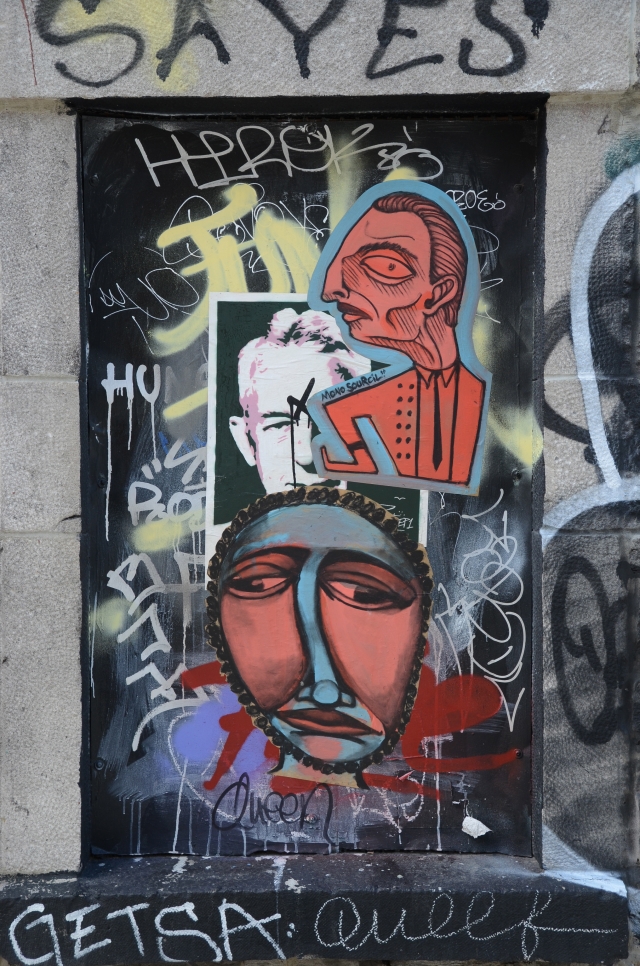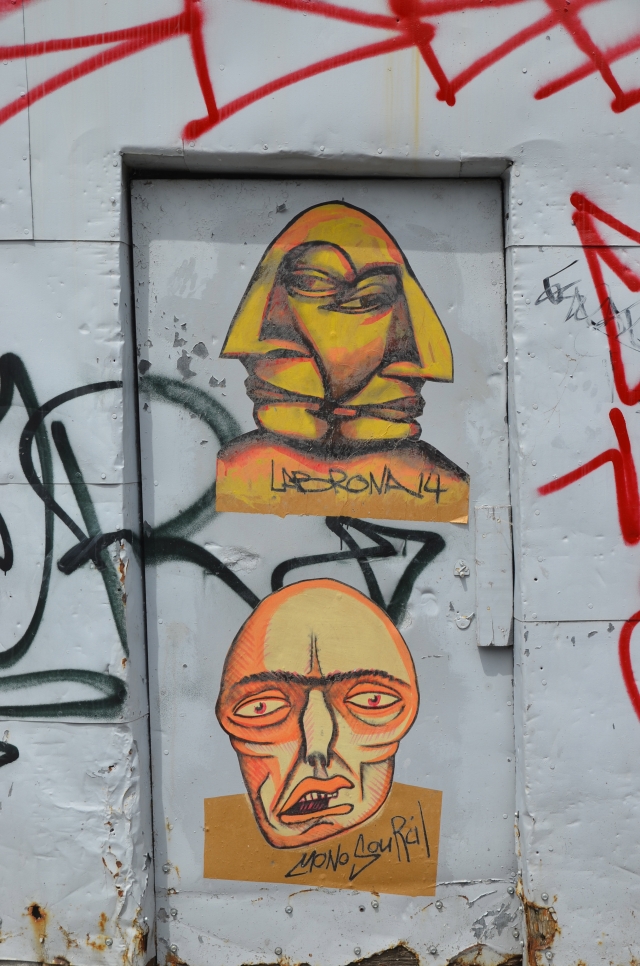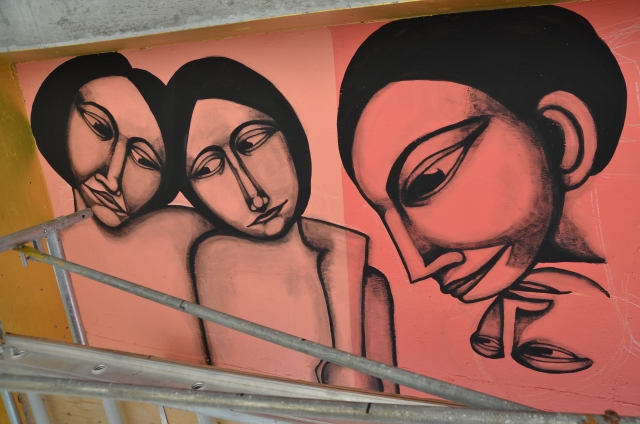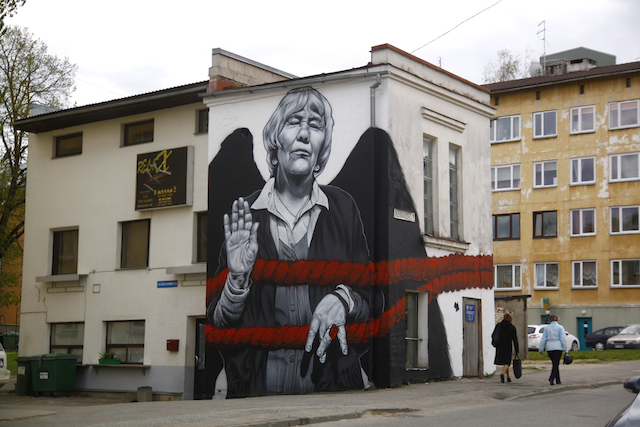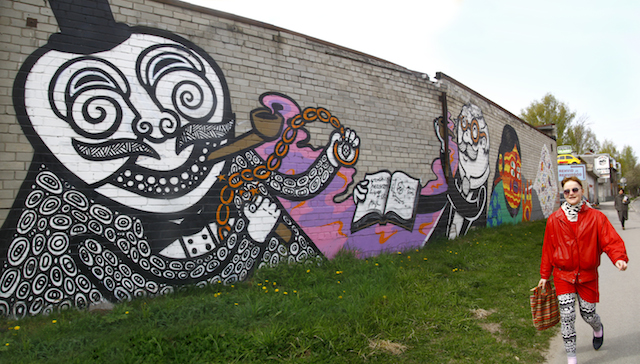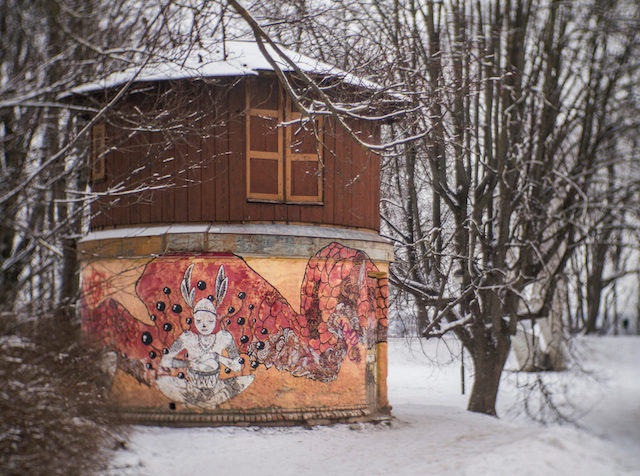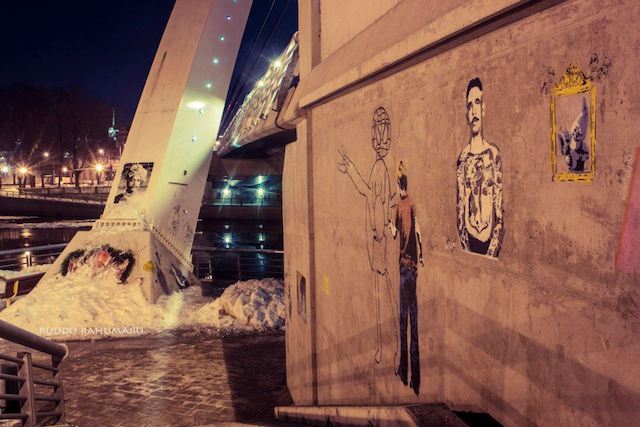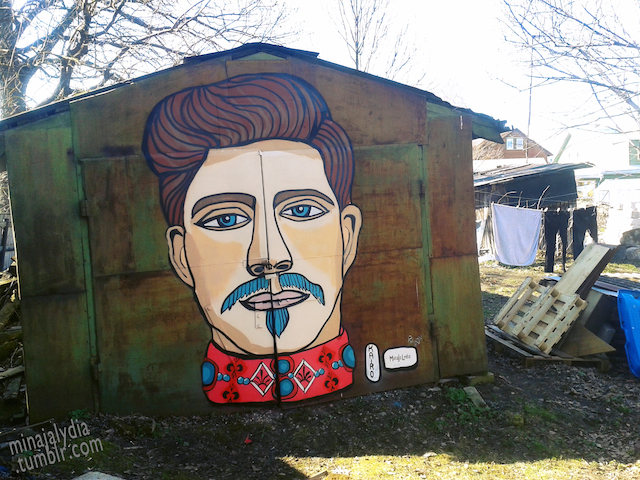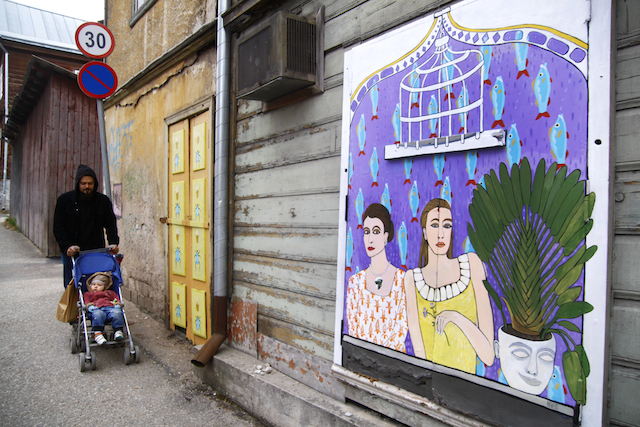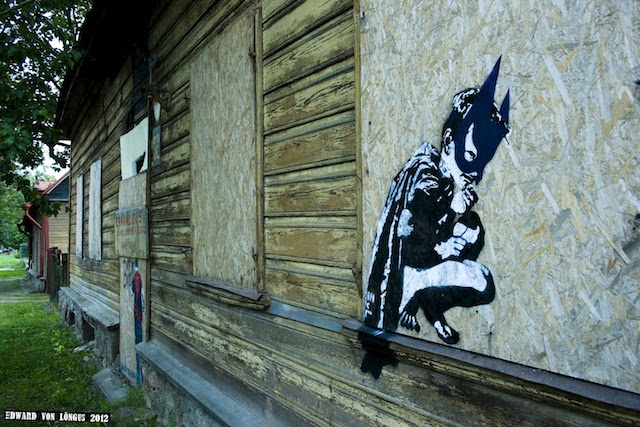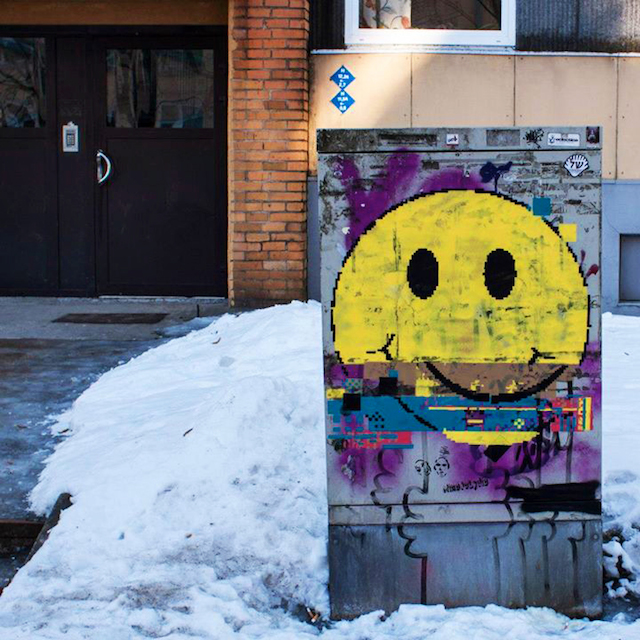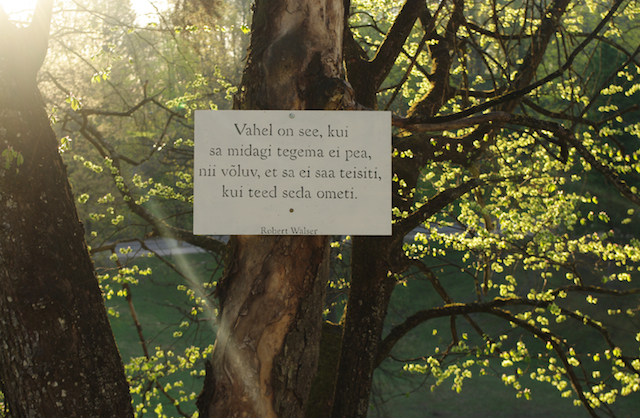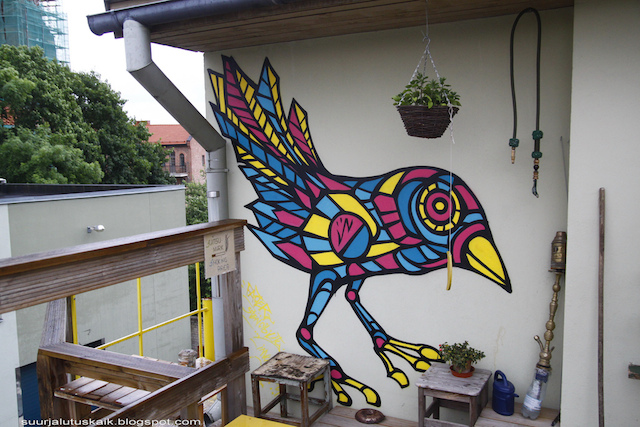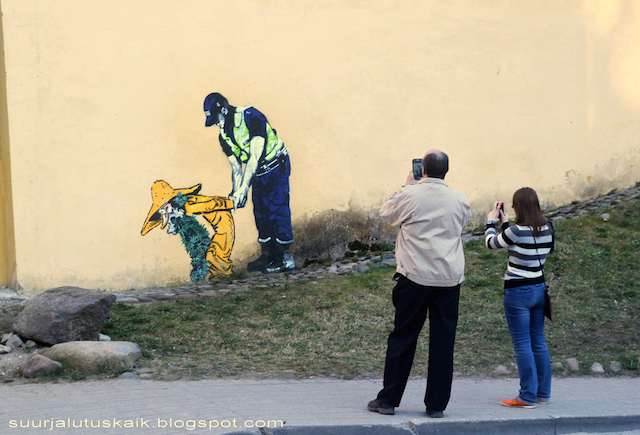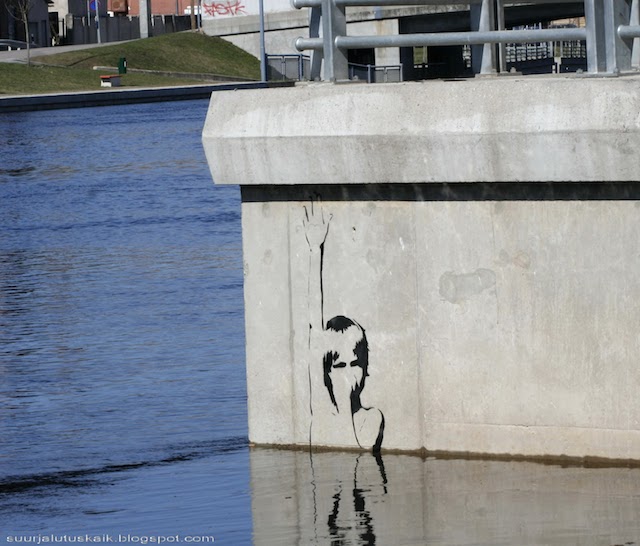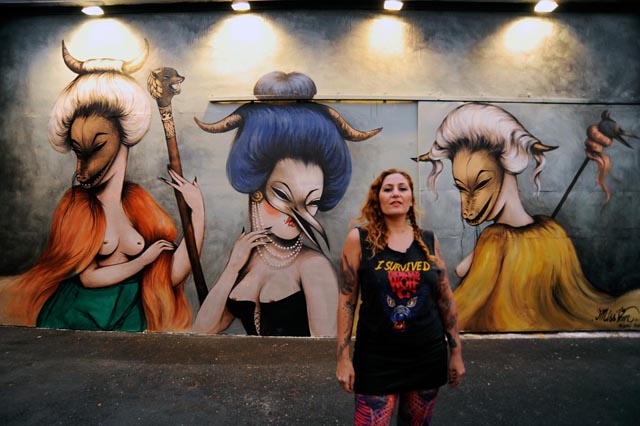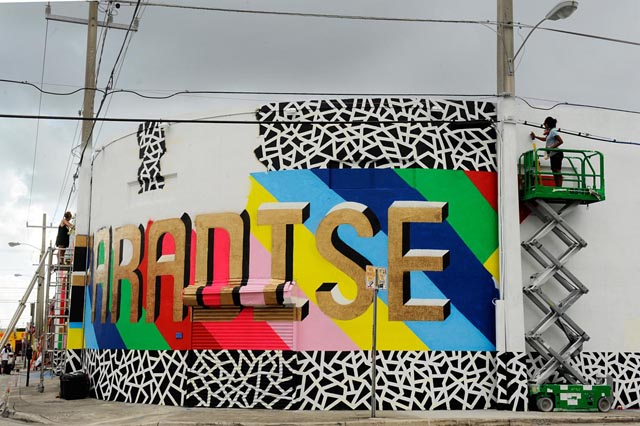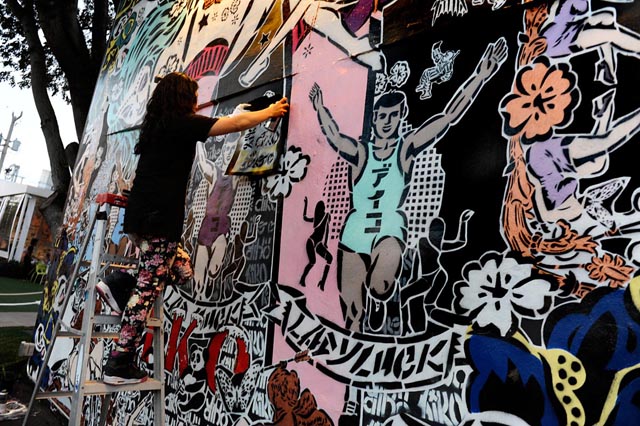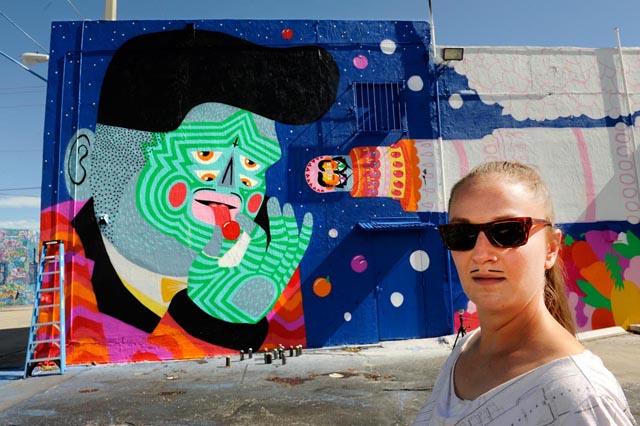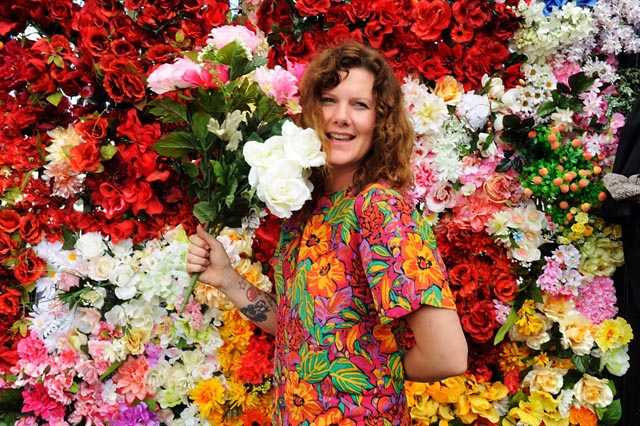
Today we have Vandalog’s second guest post from Sirla, an organizer of the Stencibility festival in Tartu, Estonia. I find it inspiring to see festival organizers thinking deeply like you’ll find in this post. – RJ
Street art festivals are the most organized form of street art – coordinated, sponsored, approved under certain conditions, etc. Street art festivals also garner significantly more attention on most blogs and other media than illegal and spontaneous street art marching to the beat of its own drum. Street art festivals are hot stuff and new ones are constantly popping up. According to a recent letter I got from the Freiraumgalerie in Germany, there are close to 125 different international street art festivals in Europe alone.
In many cities with active street art and graffiti movements, the authorities ruthlessly combat spontaneous public art, a move largely supported by the people in those cities. With that in mind, it can be fairly complicated to hold annual legal street art festivals in cities such as those. As a solution, the festivals are held as one-off events or in smaller cities that don’t have years of experience with fighting the so-called “graffiti problem.” Due to the absence of a local scene, however, it’s typical in those smaller cities that nothing much happens on the streets before or after the festival, and the festival’s emphasis tends to be on murals rather than street art as a whole.
This brings us to an exception that’s by no means singular, however it’s closest to my own heart, namely the city of Tartu and our street art festival Stencibility, of which I am an organizer. With her 100,000 inhabitants, Tartu is the second largest city in Estonia. Known for its university and a generally youthful vibe, it has also been dubbed the street art capital of Estonia. Since Stencibility has evolved out of the local stencil scene, both the illegal street art and the legal festival are thriving side by side, supporting one another.
Stencibility began 6 years ago as a small get-together of local street artists, and it has expanded every year since. Three years ago, we hosted Kashink, our first foreign artist, and two years ago we garnered some major media attention when MTO painted Stencibility’s first large-scale mural.

Tallinn, the capital of Estonia, is known for its graffiti, but street art is practically non-existent and, much like the neighboring capitals Helsinki and Riga, Tallinn upholds a strict policy of zero tolerance. Just a few months ago, a highly illustrative incident took place when Edward von Lõngus, one of the most popular Estonian street artists, made a stencil piece in the city centers of both Tallinn and Tartu for the anniversary of the Estonian Republic. It depicted a naked emperor as a commentary on the way the government is functioning. The one in Tallinn was erased after a few weeks with an official statement that it was not art, while the one in Tartu still stands. The situation went viral when MinaJaLydia, another stencil artist from Tartu, placed her own stencil right on the cleaned spot in Tallinn, a still life with the line “Is it art now?” which the media reported as a clash between the spirit of Tartu and the authority of Tallinn.
Continue reading “Organizing street art – what for?”


